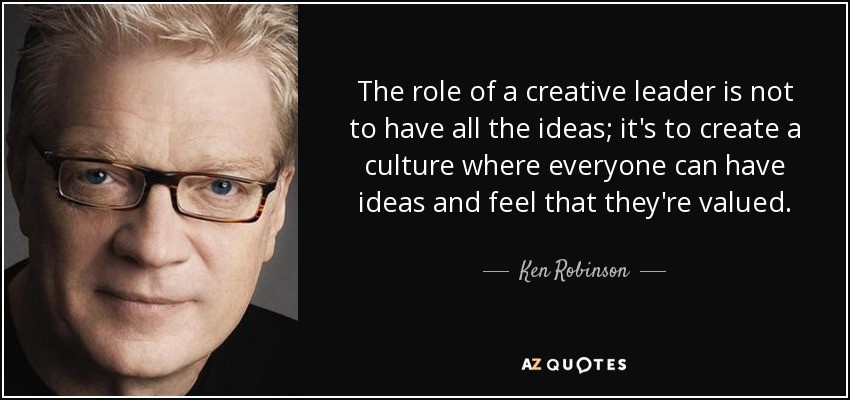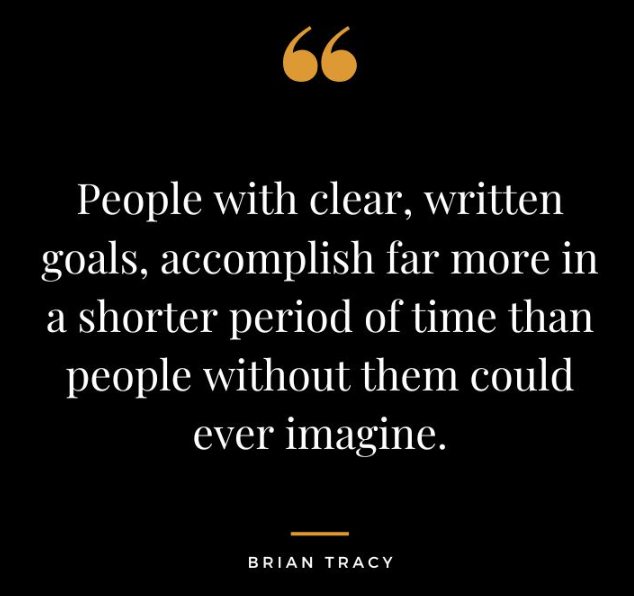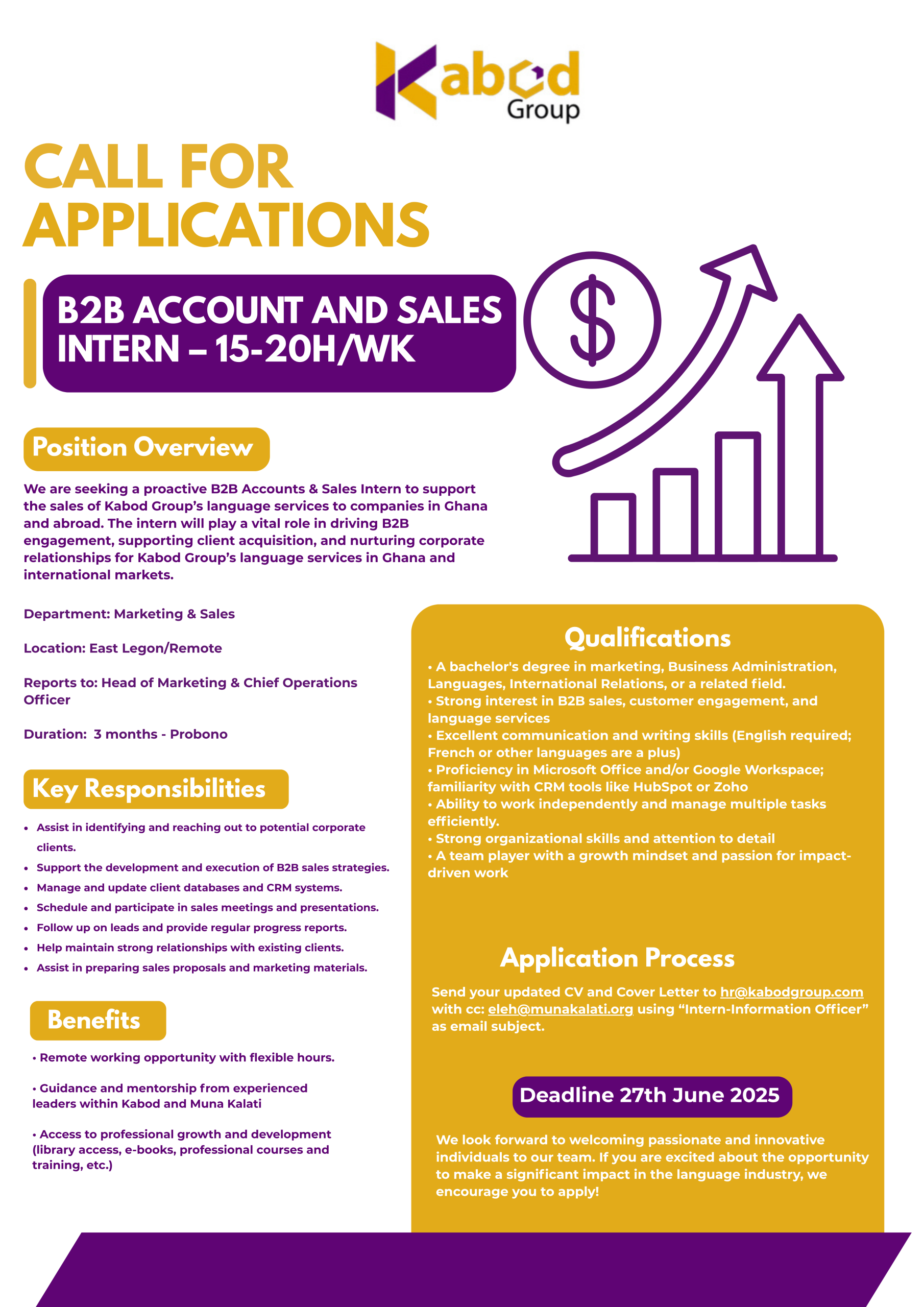5 TECHNIQUES TO STIMULATE AND ACCELERATE LEARNING AND GROWTH OF WORKERS IN YOUR COMPANY
By Christus CODO, People Management Unit, Kabod Group
In today’s competitive business landscape, companies are constantly looking for ways to stay ahead of the game. One of the most effective ways to achieve this is by prioritizing the growth and development of your employees.
Investing in your employees professional development not only helps them reach their full potential, but it also benefits the company in the long run by improving productivity, employee retention, and overall business success.
Not only does this help them realise their potential and advance their careers, but it also benefits the company by fostering a more skilled, engaged, and productive workforce. In this article, we will explore some practical strategies for prioritising the growth and development of your employees, from creating a culture of learning to providing opportunities for skill-building and career advancement.
Whether you’re a small business owner or a manager at a large corporation, these tips can help you build a team of motivated and skilled employees who are ready to take your business to the next level.
- CREATE A CULTURE OF LEARNING

Start by instilling a culture of continuous learning in your organisation. This can be achieved by encouraging employees to pursue personal and professional development opportunities, providing access to training programs through various channels such as Udemy, Open classroom, OpenLearn, Great learning etc., and facilitating knowledge-sharing and mentorship opportunities.
For example at Kabod,we have a time allocated for knowledge sharing that we call spark session and smart session whereby each employee is encouraged to share their knowledge about a specific topic or a book. We also have internal training whereby we invite external facilitators to share their experience or knowledge on some topics such as Business Management, Project Management, First Aid Kit, Resource mobilisation, Creative Writing etc. All those sessions contribute to the growth of the employee and also give them more ideas on how to effectively go about their daily routine and also improve on some of the company practices we feel like they might not be needed. Additionally, make sure that managers and leaders model the behaviour by investing in their own development and encouraging their teams to do the same.
- SET CLEAR EXPECTATIONS AND GOALS

It’s essential to have a clear idea of what you want employees to achieve in terms of growth and development.
Setting clear expectations and goals will help individuals stay focused and motivated, while also enabling managers to track progress and provide support as needed.
Make sure that goals are specific, measurable, achievable, relevant, and time-bound (SMART) and align with the employee’s career aspirations and the company’s strategic priorities. Recently we encouraged all staff to develop a vision board which will help them clarify their goals and serve as a reminder of what they want to achieve, and to help them focus their thoughts and actions on achieving those goals.
- PROVIDE CONSTRUCTIVE FEEDBACK

Feedback is a critical component of employee growth and development. Regular feedback helps individuals understand their strengths and weaknesses and identify areas for improvement. However, it’s essential toprovide feedback in a constructive and supportive way that encourages growth rather than accusing, blaming or criticising. Make sure to highlight positive aspects of performance and provide specific recommendations for improvement.
For example at the end of every month we assess every employee’s performance whereby we provide them feedback on the areas of strength and areas they have to improve on. We also suggest some remedial courses they can take to improve on some of their soft or technical skills. During this process we also clarify our expectations and strategic vision. You can use this same procedure to provide constructive feedback to your employee on the areas you think he or she can improve or has improved on when it comes to the learning and intellectual growth aspect.
- OFFER OPPORTUNITIES FOR CAREER ADVANCEMENT
Providing employees with opportunities for career advancement is a powerful motivator for growth and development. This can be achieved through promotions, lateral moves, and cross-functional projects. For example, I started as an intern and I was promoted to the position of project officer in people management and it has really boosted me and increased my desire to learn and grow intellectually. It’s also essential to provide clear career paths and development plans to help employees see how they can advance within the organisation.
- RECOGNIZE AND REWARD SUCCESS

In the process of prioritising employee growth and development it’s crucial to recognize and reward employee growth and development.
Celebrating successes and providing rewards such as bonuses, promotions, and recognition programs can help reinforce the importance of learning and development and incentivize individuals to continue investing in their professional development.
Rewards the best employee who has raised the bar in terms of learning. Doing so will also encourage others to do so. At Kabod, we informed our staff that they will be rewarded for every book summary they provide after reading. When taking an online course on their own, they are also encouraged to share the certificate and facilitate a knowledge sharing session of lessons learned with other colleagues. At the end of the month, the employee who has taken the highest number of online courses, training or book reading is rewarded in cash and with non-financial benefits.
In conclusion, fostering a learning culture will always lead to the growth of your employees and increase innovation, productivity and competitiveness. If you are a CEO, executive or manager, it is important for you to lead by example since people will do not what you teach or preach, but what you practise. By creating a culture of learning, setting clear expectations and goals, providing constructive feedback, offering opportunities for career advancement, and recognizing and rewarding success, I hope you’ll be able to create an environment that supports employee growth and development and drives long-term success.



